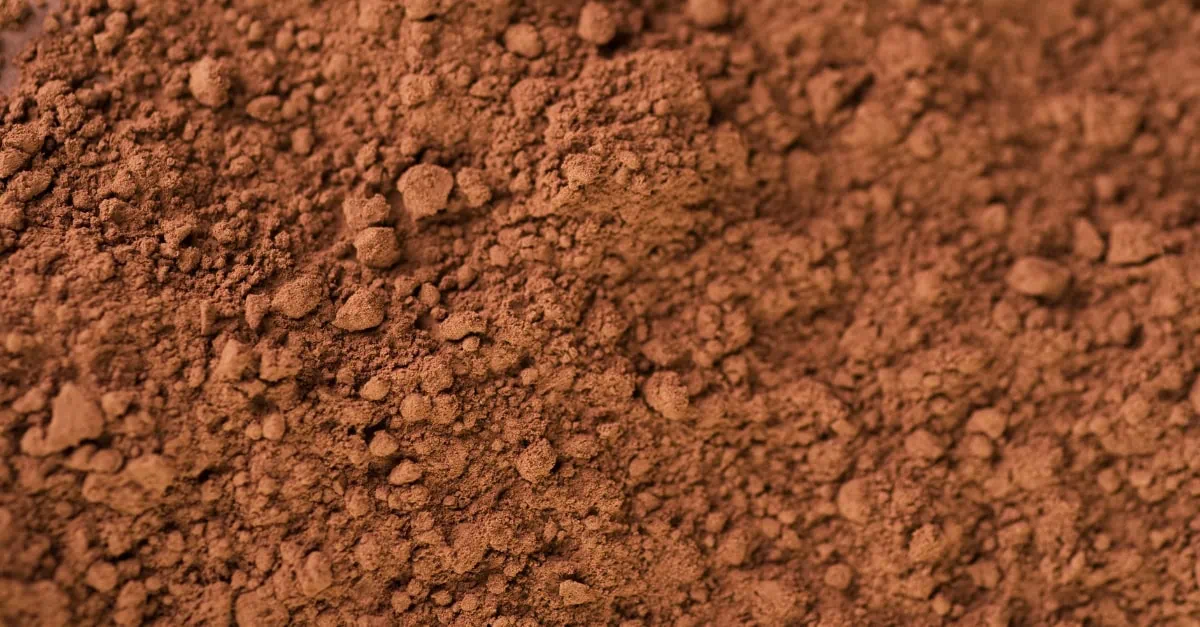The cocoa market is facing confirmed demand destruction, with Q3 grind numbers revealing significant declines across major processing regions as high prices continue to impact chocolate consumption.
European cocoa grind decreased 4.8% year on year to 337,353 mt in Q3, according to the European Cocoa Association. The decline signals that the impact of last year’s price rally continues to affect processors’ profits and chocolate affordability.
Asia’s Q3 cocoa grind dropped 17% to 183,413 mt year on year, according to the Cocoa Association of Asia. This compares with 221,205 mt of beans processed during the same period in 2024.
Malaysia’s Q3 cocoa grind declined 35% year on year to 60,780 mt, according to the Malaysian Cocoa Board and Cocoa Manufacturers Group. Grindings were down 13% from the prior quarter, and in the first nine months of 2025 totaled 215,169 mt, down 24% from a year earlier.
Ivory Coast’s cocoa grind decreased 38.6% year on year in September to 33,764 mt compared to 54,984 mt the same period a year ago, data from exporter association GEPEX showed. The total grind from the start of the 2024/25 season in October stood at 588,194 mt of beans by the end of September, down 9.9% from 653,110 mt the same point last season.
North American chocolate candy sales volumes dropped more than 21% in the 13 weeks ending September 7th compared to the same period last year, according to data from market research firm Circana.
The slowdown at cocoa processing factories across the world indicates that the impact of last year’s price rally continues to affect the industry. Jonathan Parkman, head of agricultural sales at Marex Group, stated that a bounce back isn’t expected even in the current quarter as grinders have already locked in high prices for the next six months.
Cocoa butter demand is weak and concerns about supply have diminished compared to last year. Greater substitution of cocoa butter has occurred because of higher cocoa prices. As back-to-back supply deficits pushed prices past records in 2024, the chocolate confectionery industry responded by raising prices for consumers and changing recipes to include more fillers like nuts and using vegetable oils as a substitute for cocoa butter.
Prices for cocoa butter have dropped about 75% this year. The continued demand destruction has resulted in a key profitability metric, which looks at prices of cocoa butter and powder relative to bean costs, turning negative in August, making it uneconomic for processors to grind beans at full capacity.
Nielsen reported volume numbers for the chocolate confectionery category in Europe for the period ending September 7th. The value of sales for the 4-, 12-, and 52-week periods showed increases of 11.9%, 9.6% and 9.6%. The unit volume showed declines of 3.6%, 7.3% and 3.9%, and the average price showed increases of 16.0%, 18.2%, and 14.0%.
Even as cocoa’s supply crunch is easing and weak demand has pushed prices to early 2024 levels, chocolate bars on supermarket shelves aren’t going to be cheaper any time soon. The combination of expensive treats or cheaper candy made with less cocoa affects the demand picture going forward.
Julia Buech, senior consumer foods analyst at Rabobank, stated that the category is entering a new normal of higher costs and persistent volatility, requiring agility and continuous adaptation from industry players.
Judy Ganes, president at J. Ganes Consulting, questioned whether manufacturers will switch back quickly after taking actions to reduce the usage of cocoa products. She asked whether they will increase the usage of butter when consumers don’t taste the difference when they use palm oil or other substitutes.
This article is part of a full cocoa market analysis. For the more comprehensive analysis, visit: https://app.vespertool.com/market-analysis/2371
